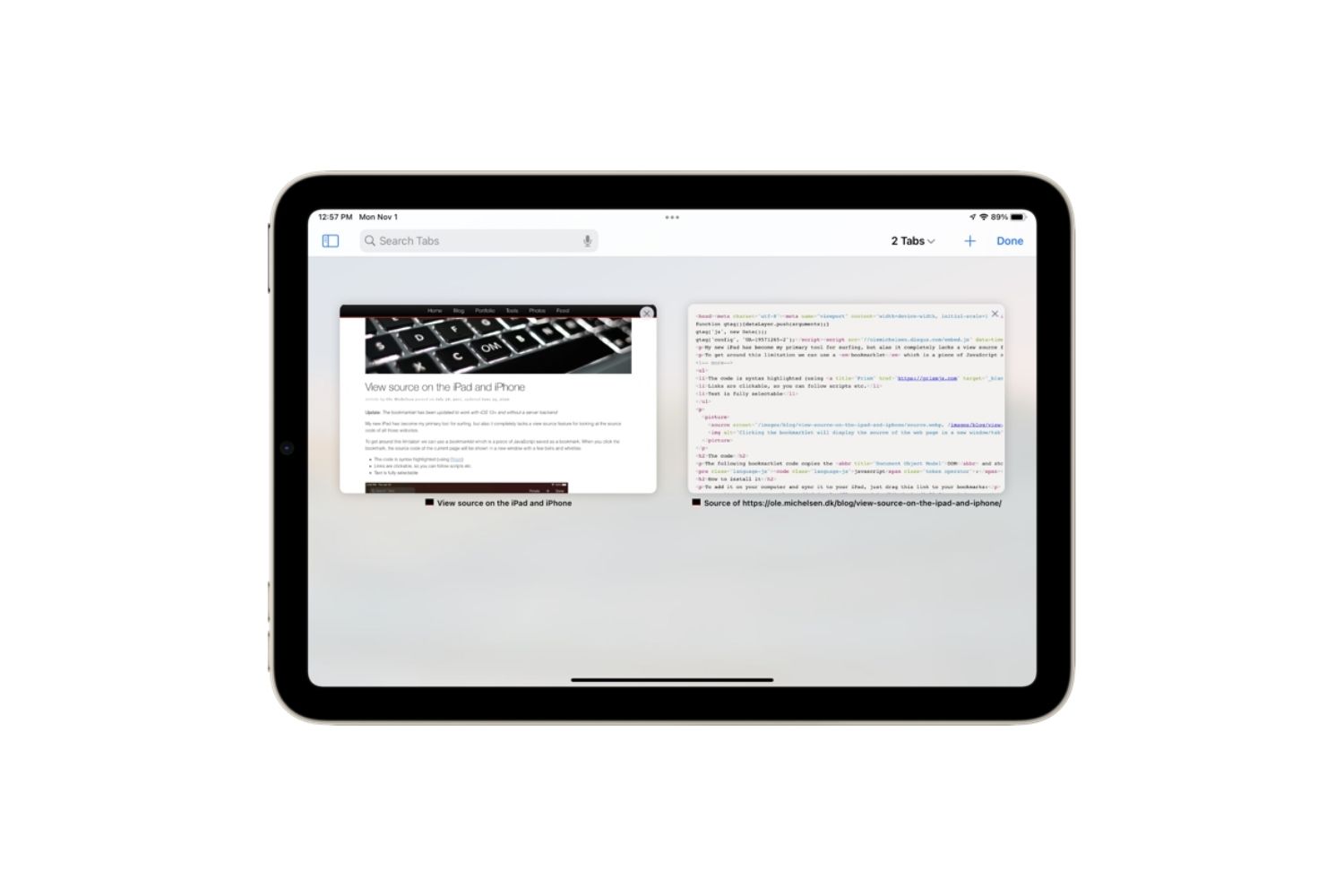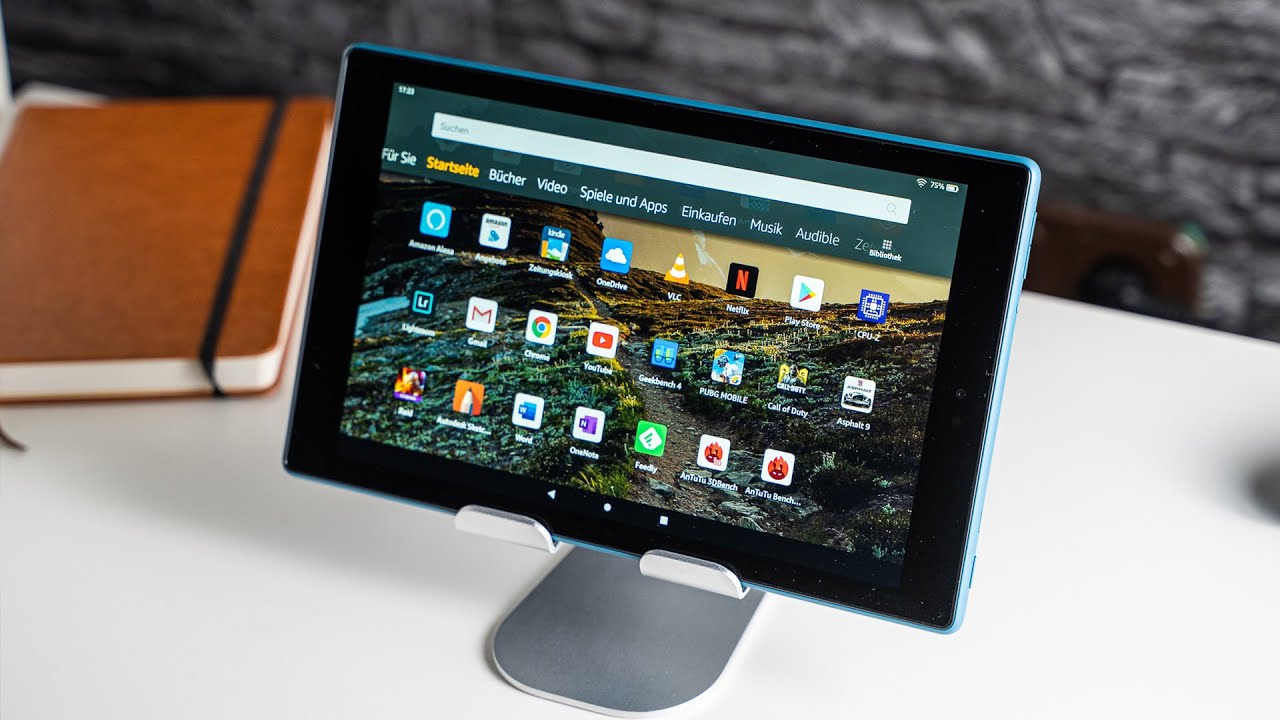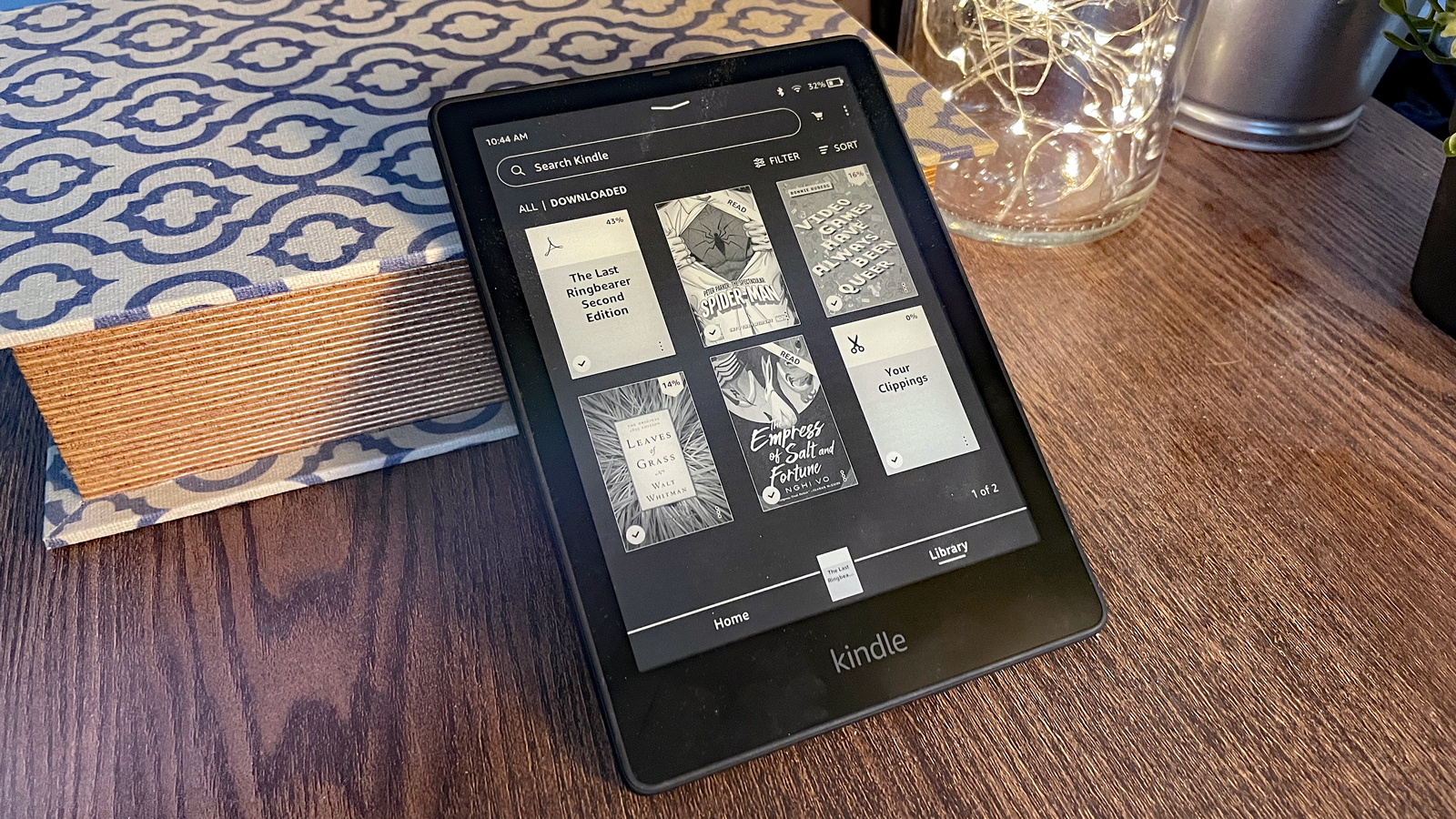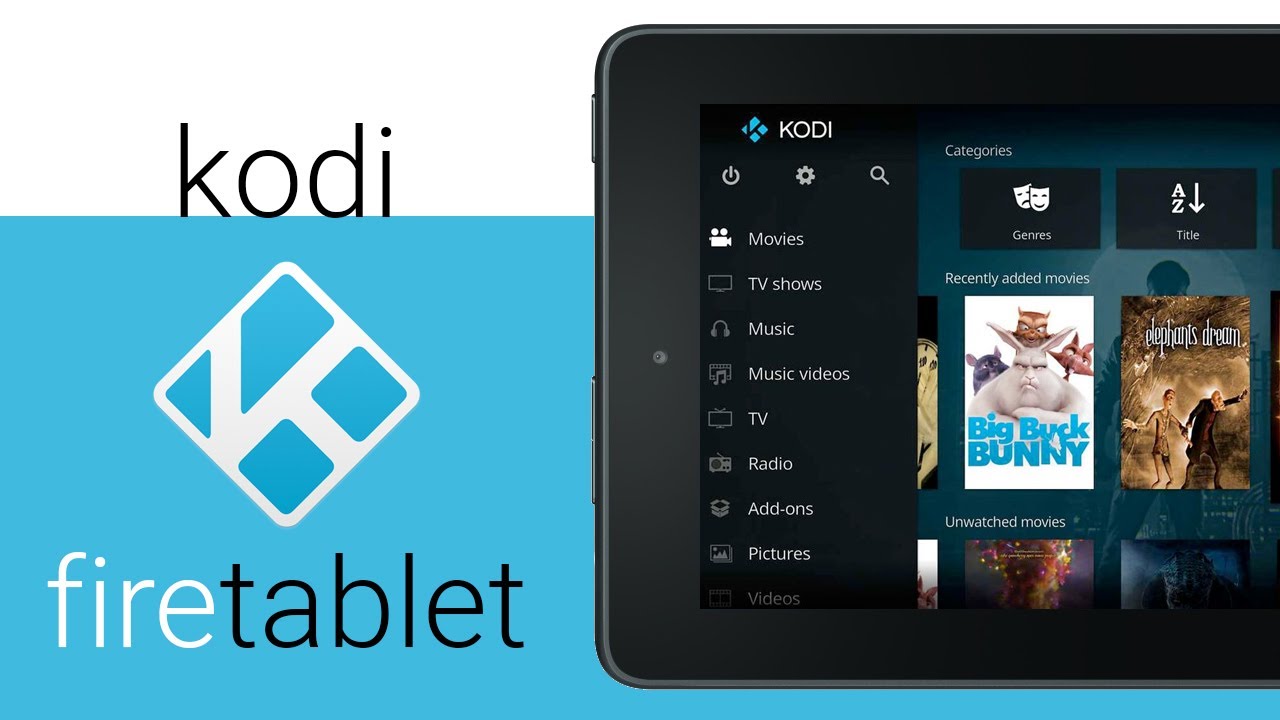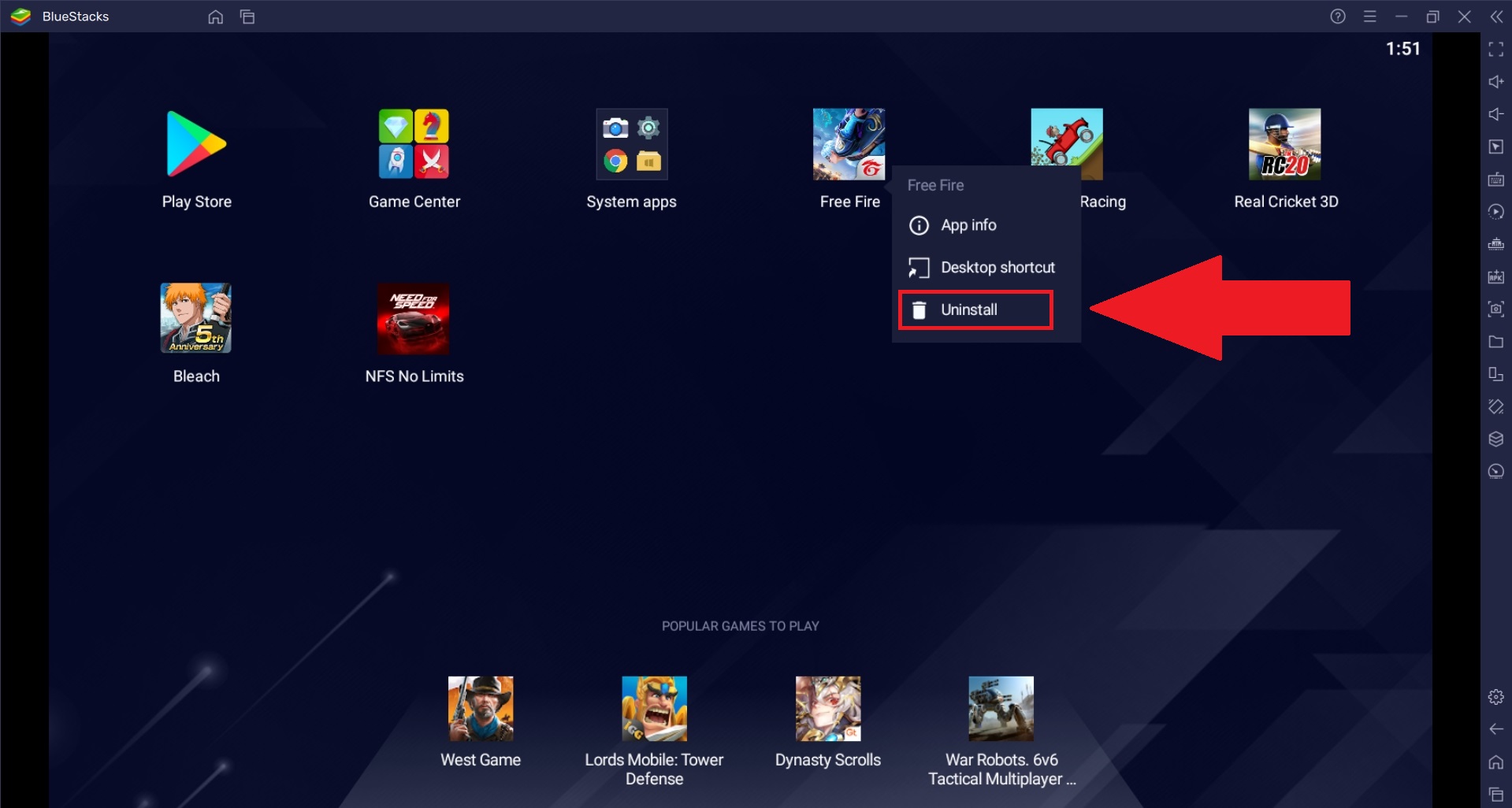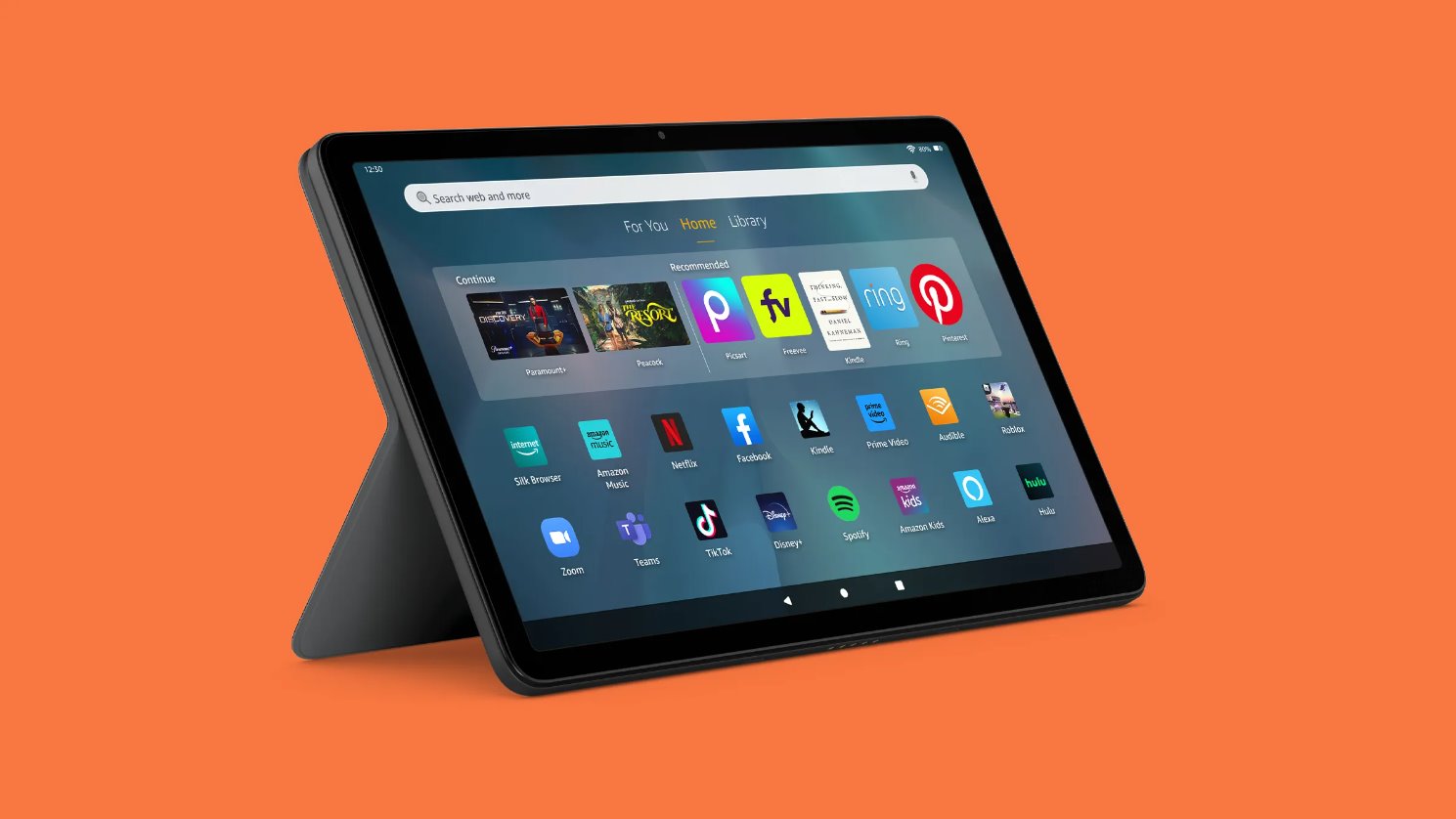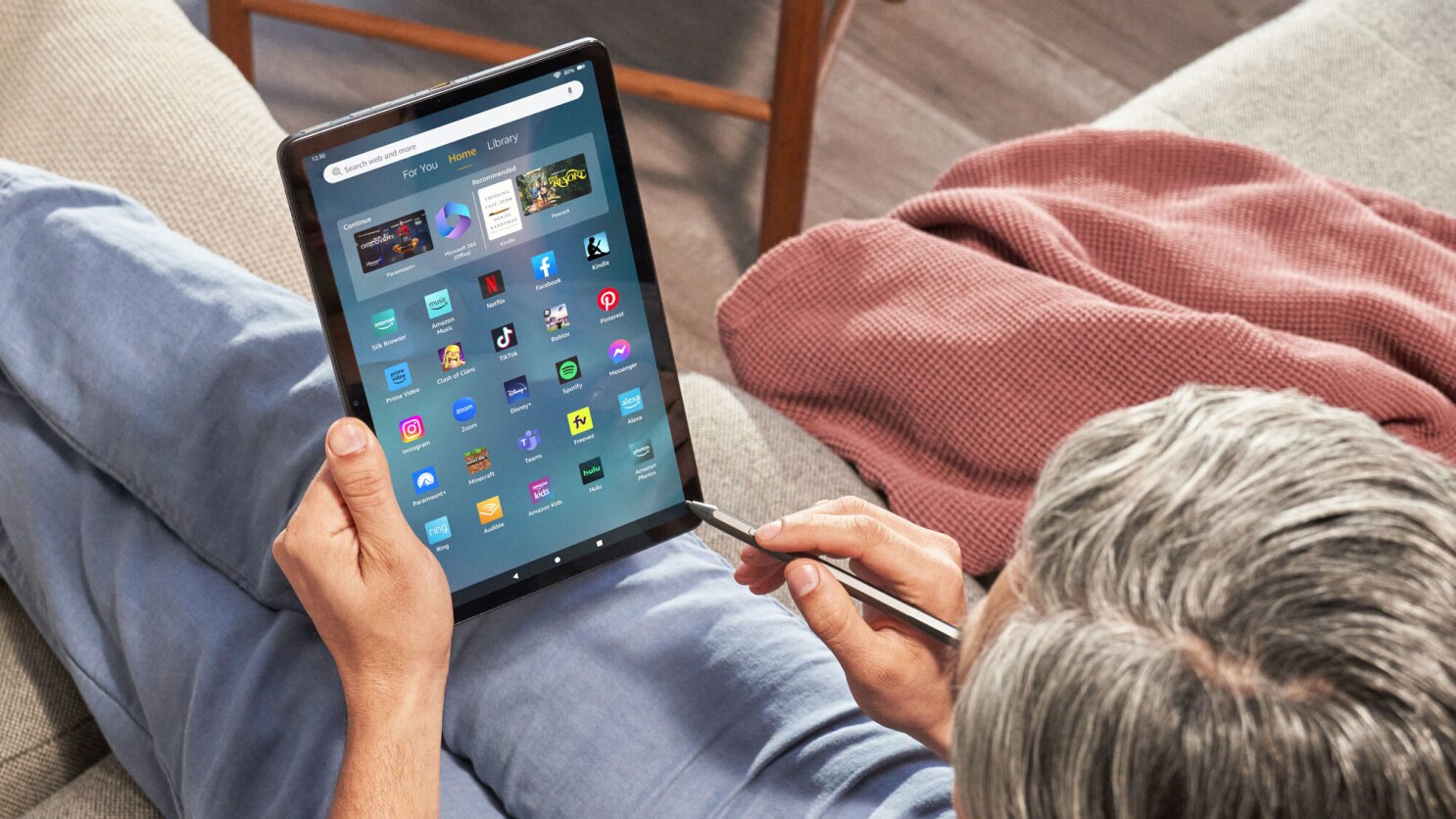Why Would You Want to View Page Source on Tablet?
Modern tablets have become increasingly powerful and versatile devices, capable of performing a wide range of tasks. One of the lesser-known features of tablets is the ability to access and view the page source of a website. The page source, also known as the HTML source code, contains the underlying structure and elements of a webpage.
So why would you want to view the page source on a tablet? Here are a few reasons:
1. Debugging: If you are a web developer or designer, being able to view the page source allows you to identify and fix any issues or bugs in the code. This can be particularly useful when testing a website on different devices.
2. Learning: Viewing the page source can be a valuable learning tool, especially if you are new to web development. By examining the code of well-designed websites, you can gain insights into best practices, coding techniques, and the overall structure of a webpage.
3. Customization: Some websites may have certain features or elements that you would like to customize or modify. By viewing the page source, you can identify the specific code responsible for those elements and make changes accordingly.
4. Security: Occasionally, there may be suspicions of malicious code or hidden scripts on a webpage. By inspecting the page source, you can investigate any potential security threats and take appropriate action to protect your device.
Overall, viewing the page source on a tablet provides you with a deeper understanding of how websites are built, the ability to troubleshoot issues, and the opportunity to make customizations or ensure security.
How to View Page Source on an iPad
Viewing the page source on an iPad can be done using the built-in Safari web browser. Follow these steps to access the page source:
1. Open the Safari browser on your iPad and navigate to the website whose page source you want to view.
2. Once the webpage loads, tap on the Share icon located in the toolbar at the top of the screen. It looks like a square with an arrow pointing out of it.
3. In the Share menu that appears, scroll through the options until you find “More” and tap on it.
4. A list of activities will appear. Look for the “View Source” option and toggle the switch next to it to enable it. Tap “Done” to save the changes.
5. Now, tap on the Share icon again and you should see the “View Source” option in the list. Tap on it.
6. The page source code will now be displayed in a new tab. You can scroll through the code to examine the HTML structure and elements.
Note that viewing page source on an iPad is only possible in the Safari browser. Other third-party browsers may have different methods or may not support this feature at all.
Keep in mind that the page source code may appear daunting, especially if you’re not familiar with HTML. However, by understanding the basic structure of HTML tags, you can gain valuable insights into how the webpage is constructed.
How to View Page Source on an Android Tablet
Accessing the page source on an Android tablet can vary depending on the web browser you are using. Here are the general steps to view page source:
Google Chrome:
1. Open the Chrome browser on your Android tablet and navigate to the website you want to view the page source of.
2. Once the webpage loads, tap on the three-dot menu icon located in the upper-right corner of the screen.
3. In the menu that appears, tap on “More tools” and then select “Developer tools”.
4. A panel will open at the bottom of the screen. Tap on the three-dot icon in the lower-right corner of the panel and select “View page source”.
5. The page source code will now be displayed in a new tab. You can scroll through the code to examine the HTML structure and elements.
Firefox:
1. Open the Firefox browser on your Android tablet and navigate to the website you want to view the page source of.
2. Once the webpage loads, tap on the three-dot menu icon located in the upper-right corner of the screen.
3. In the menu that appears, tap on “Page” and then select “View Page Source”.
4. The page source code will now be displayed in a new tab. You can scroll through the code to examine the HTML structure and elements.
Other web browsers may have similar options to access the page source, but the specific steps may vary slightly. It’s important to note that not all web browsers on Android tablets support viewing page source.
By exploring the page source on an Android tablet, you can gain insights into the underlying code of a webpage, helping you understand how it is structured and designed.
Using Third-Party Apps to View Page Source on Tablets
In addition to using built-in web browsers, you can also utilize third-party apps to view the page source on tablets. These apps offer additional features and flexibility for examining HTML code. Here are a few popular options:
1. View Source: View Source is a free app available for both Android and iOS devices. You can simply download and install the app from the respective app stores. Once installed, you can enter the URL of the website you want to inspect, and the app will display the page source code in a user-friendly format.
2. iSource: iSource is a feature-rich app available for iOS devices. It not only allows you to view the page source code but also offers syntax highlighting, collapsible sections, and the ability to save and share the code. It is a great option for web developers and designers who require advanced features for analyzing and manipulating the source code.
3. HTML Source Code Viewer: HTML Source Code Viewer is an Android app that provides a simple and intuitive interface to view the page source of any website. It lets you browse the source code hierarchy, search for specific elements, and highlight code sections for better readability.
4. Web Developer: Web Developer is a popular browser extension available for major desktop web browsers, such as Chrome and Firefox. Many of these extensions also offer a mobile version compatible with tablets. The extension provides a wide range of web development tools, including the ability to view and edit the page source code.
Keep in mind that when using third-party apps, it’s important to choose reputable ones from trusted developers. Additionally, be cautious while granting permissions and ensure the app aligns with your device’s security settings.
By utilizing third-party apps, you can enhance your ability to analyze and explore the page source code on your tablet, providing you with more comprehensive insights into the structure and elements of a webpage.
Tips and Tricks for Viewing Page Source on Tablets
When viewing the page source on tablets, there are several tips and tricks that can enhance your experience and make it easier to analyze the HTML code. Here are a few useful tips to consider:
1. Use landscape mode: Rotating your tablet into landscape mode can provide a wider view of the page source, making it easier to navigate through the code horizontally. This can be especially helpful when examining long lines of code or complex nested elements.
2. Zoom in and out: Adjusting the zoom level of the page source can improve legibility and make it easier to read the code. Pinch and spread gestures on the touch screen can be used to zoom in and out, allowing you to focus on specific sections or get an overview of the entire code.
3. Utilize search functionality: Most web browsers and page source viewer apps offer search functionality to help you quickly locate specific elements or tags within the code. Take advantage of this feature to save time when navigating through lengthy source code.
4. Inspect elements: Some web browsers and developer tools allow you to inspect individual elements on a webpage. By right-clicking on an element and selecting “Inspect” or similar options, you can directly access the relevant code associated with that element, making it easier to analyze specific sections.
5. Take screenshots: If you want to refer back to the page source code later or share it with others, consider taking screenshots of the code. Most tablets have built-in screenshot functionality, usually activated by simultaneously pressing the power and volume down buttons. This can be a convenient way to capture and store the page source code for future reference.
6. Experiment with developer tools: If you are a web developer or enthusiast, exploring the various features and options in web browsers’ developer tools can provide valuable insights and enhance your understanding of web development. Experiment with features like live editing, inspecting network requests, and debugging to gain a deeper understanding of how websites and web applications work.
By applying these tips and tricks, you can improve your efficiency and effectiveness in viewing and analyzing the page source on tablets. Whether you’re a developer, designer, or simply curious about the inner workings of websites, these techniques can help you navigate and understand the HTML code more effectively.
Conclusion
Viewing the page source on tablets can be a valuable tool for web developers, designers, and individuals who want to gain a deeper understanding of how websites are built. Whether you’re using an iPad or an Android tablet, accessing the page source is possible through the built-in web browsers or third-party apps.
By examining the HTML code, you can troubleshoot issues, learn best practices, customize elements, and ensure the security of websites. Built-in features in web browsers, such as Safari on iPad or Chrome on Android, allow you to access the page source with a few simple steps.
Furthermore, third-party apps like View Source or iSource provide additional functionality and a user-friendly interface to explore the page source on tablets. These apps offer features like syntax highlighting, code editing, and saving/sharing options to enhance the viewing experience.
As you delve into the page source, consider using landscape mode, zooming in/out, utilizing search functionality, inspecting elements, taking screenshots, and experimenting with developer tools to make the process more efficient and insightful.
Remember, understanding the page source code may seem daunting at first, but with time and practice, you can gain valuable insights into the underlying structure and elements of websites.
So, whether you’re a curious individual or a web professional, don’t hesitate to explore the page source on your tablet. Unlock the secrets of websites and expand your knowledge of web development as you dive into the HTML source code.







